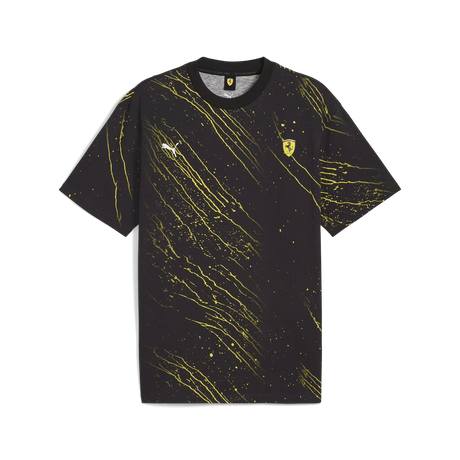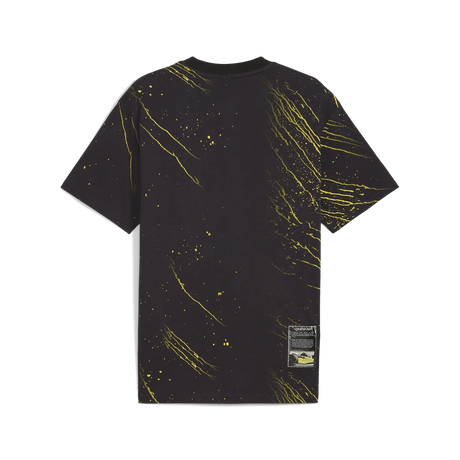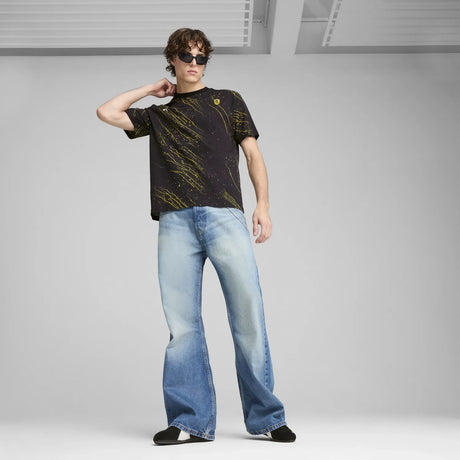Few teams in Formula 1 history have left as indelible a mark as McLaren. Since their debut in 1966, the Woking-based outfit has become synonymous with innovation, resilience, and a passion for pushing technological boundaries. Over the decades, McLaren has gifted fans with a rich tapestry of memorable cars that not only dominated in terms of victories and championships but also pushed the sport forward in countless ways. Let’s dive into the fascinating world of McLaren, exploring the top ten most iconic and influential F1 machines that have graced the circuits over the past six decades.
It all started in the late ‘60s, when Bruce McLaren himself drove the bright orange M7A to victory, marking the team’s maiden win. It set the tone for a culture of innovation and performance. Through the 1970s, the M23 became an F1 legend, powering Emerson Fittipaldi and James Hunt to World Championships. Its remarkable longevity and adaptability made it one of the most successful cars of the era, racing from 1973 all the way to 1978. The team’s sharp eye for engineering and its ability to work cohesively with star drivers have yielded some of the sport’s most memorable moments.
Arguably, the zenith of McLaren’s technical prowess surfaced in the late ‘80s. Enter the MP4/4 – a machine etched into the annals of F1 history. With Ayrton Senna and Alain Prost behind the wheel, the MP4/4 utterly dominated the 1988 season, winning an astonishing 15 of 16 Grands Prix. Its low-slung design, Honda turbo engine, and near-perfect reliability established a standard so high, few have matched it since. The car’s performance was not just about dominance on the track but also about precision engineering and the perfect blend between chassis and power unit, qualities that became McLaren hallmarks.

Moving into the ‘90s, the MP4/5 and MP4/6 kept the orange-and-white rockets on top. Ayrton Senna’s title runs in these cars are legendary, with the Honda partnership once again bearing fruit. The MP4/13 of 1998 is another jewel, piloted by Mika Häkkinen to championship glory, with its clever use of then-revolutionary technologies like a trick differential and innovative packaging. Each of these machines showcased McLaren’s unrelenting commitment to maximizing performance within constantly evolving regulations.
Even during challenging periods, such as the mid-2010s, McLaren’s cars like the MP4-29 and MCL36 displayed flashes of brilliance, reminding fans why this team is so revered. Most recently, the MCL60 and MCL39 have marked a revival, with the papaya squad returning to the sharp end of the grid and challenging for podiums. These latest machines carry the DNA of their illustrious ancestors, blending modern aerodynamic concepts with the relentless spirit that Bruce McLaren instilled all those years ago.
Beyond the raw data of victories and pole positions, what truly sets McLaren’s cars apart is their influence on the sport itself. The team pioneered carbon fiber chassis construction, reshaped approaches to race strategy, and set new standards for pit stops and operational excellence. Their collaboration with legendary drivers—from Senna and Prost to Häkkinen and Hamilton—has also cemented key cars as cultural icons, with liveries and silhouettes that deeply resonate with fans worldwide.
For Hungarian Formula 1 enthusiasts, McLaren’s story is one of constant reinvention and a deep respect for the sport’s heritage. Whether you’re reliving the glory days of the MP4/4, marveling at the comeback drives in recent seasons, or simply appreciating the beauty of their design language, McLaren’s most famous cars remain a testament to what’s possible when passion and ingenuity collide. As the team hurtles toward yet another chapter in its storied history, its legacy as an F1 trailblazer burns brighter than ever, promising more innovation, excitement, and—above all—racing excellence for years to come.


















































































































































































































































































































































































































































































































